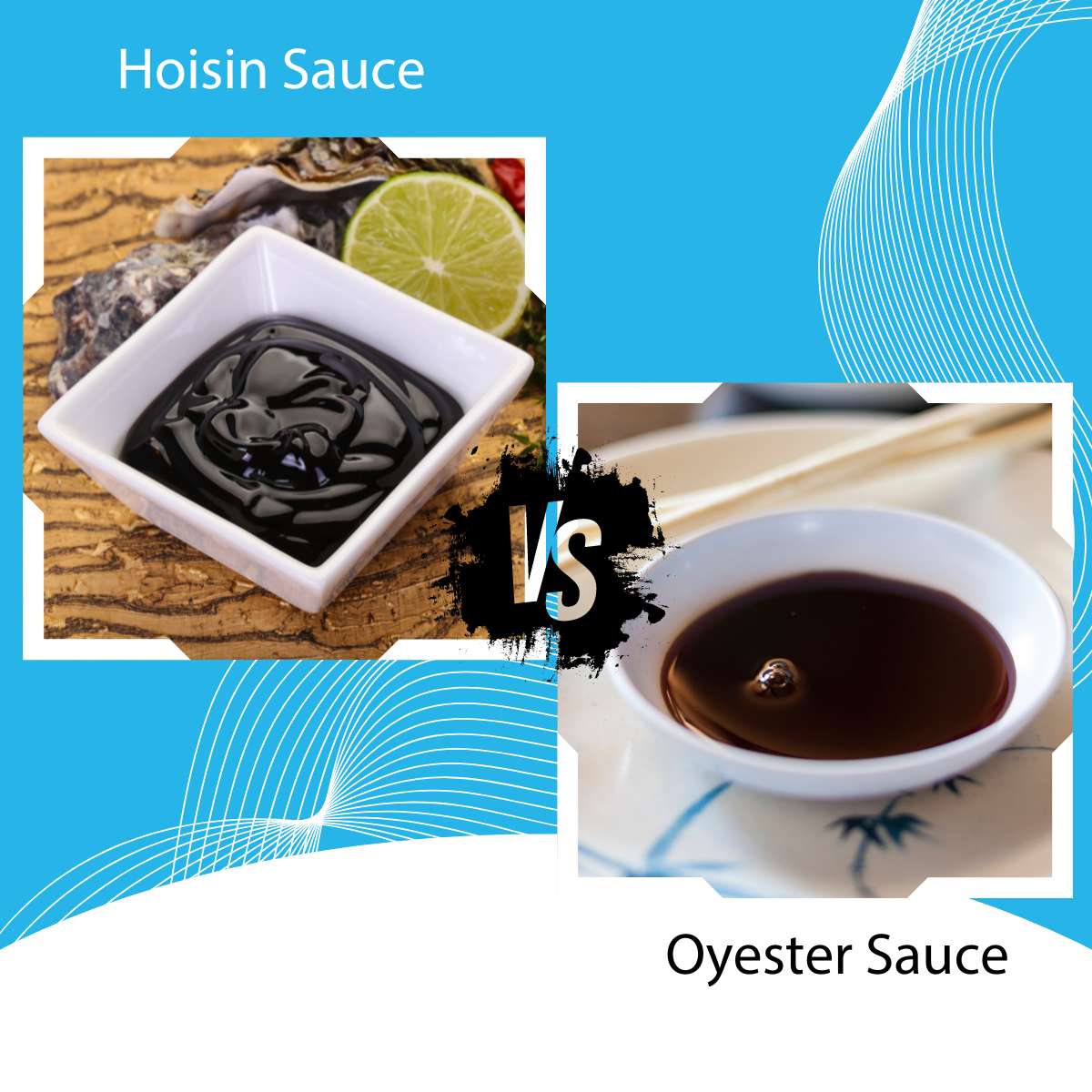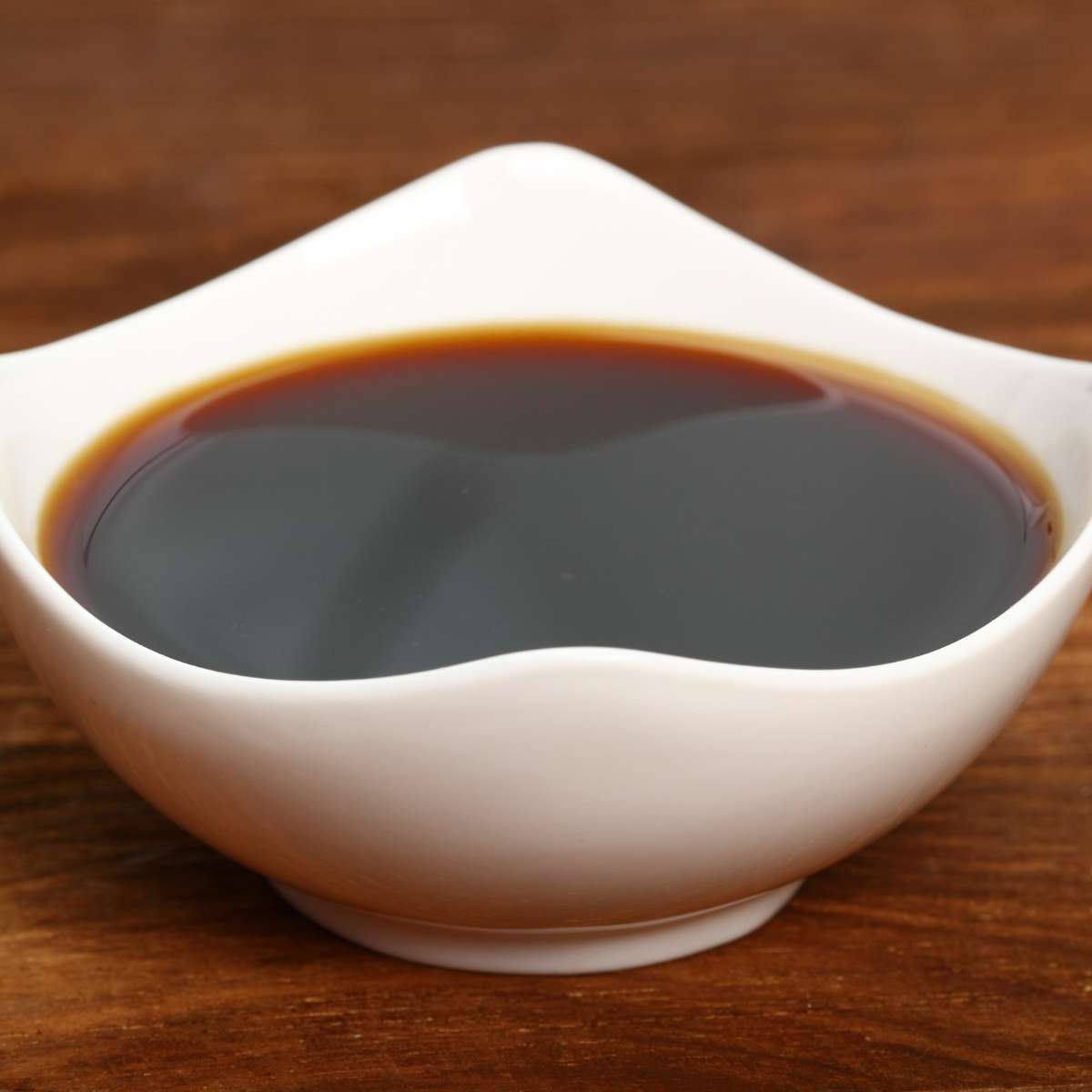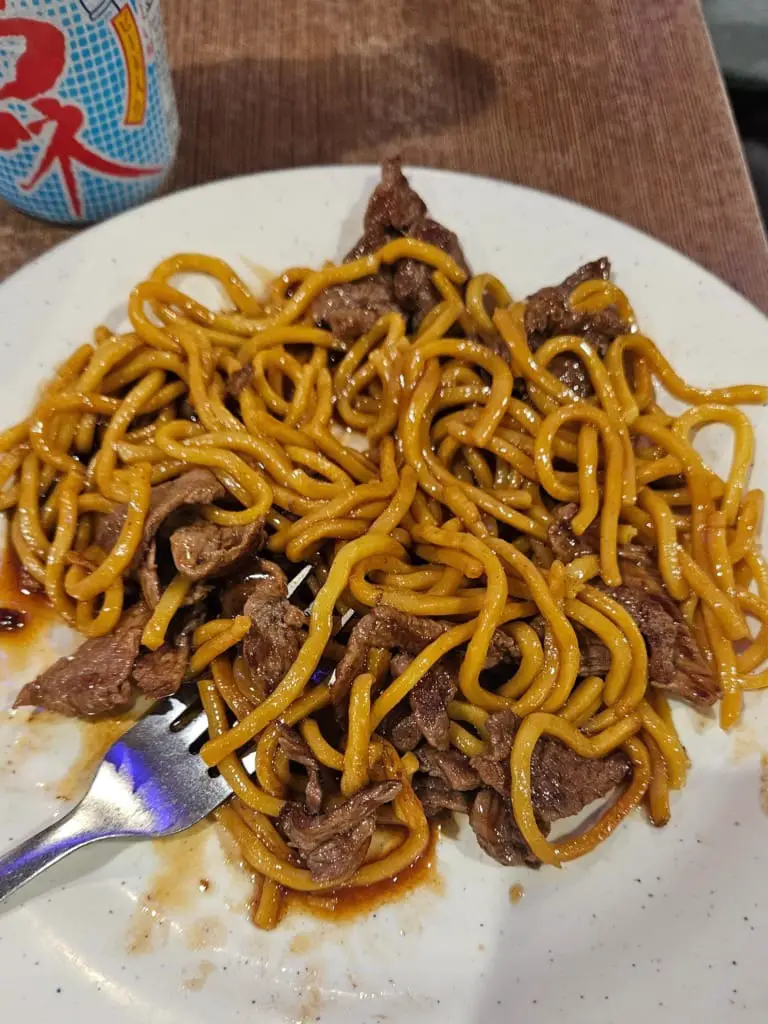Explore the world of Hoisin Sauce (on Amazon) vs Oyster Sauce, two staple condiments in Asian cuisine that bring unique flavors to any dish. Both are essential in the kitchen for anyone looking to add complexity to their meals, from marinades to stir-fries.
Whether you’re a seasoned chef or a curious home cook, understanding the distinctions between these sauces can elevate your culinary creations.
Curious to learn which sauce might best complement your next meal? Keep reading to discover more about these versatile sauces and how to use them in your cooking.
Exploring the Rich Histories of Oyster Sauce and Hoisin Sauce
Learn more about the unique history of hoisin sauce (on Amazon) and oyster sauce, two of Asia’s beloved condiments. Each has a unique story and a critical role in the culinary traditions of Chinese cooking, providing depth and flavor to a variety of dishes.
The Origins of Oyster Sauce
Oyster sauce, a staple in Chinese cuisine, originated from a happy accident during the late 19th century. Lee Kum Sheung, a restaurateur in Guangdong Province, China, accidentally left a pot of oyster soup simmering for too long. Upon returning, he found that the soup had transformed into a thick, savory sauce.
Delighted by the rich taste, he began producing this new sauce, which quickly became a popular seasoning across Southeast Asia. Today, oyster sauce is cherished worldwide for its ability to enhance the flavors of various dishes with its deep, umami-rich character.
The Origins of Hoisin Sauce
Often called Chinese barbecue sauce, Hoisin sauce (on Amazon) has roots in Cantonese cuisine. While its exact origin isn’t as clear-cut as oyster sauce, hoisin is believed to have been developed for use in traditional Chinese dishes like Peking duck and moo shu pork.
The sauce is made from a mixture of fermented soybean paste, garlic, vinegar, and usually chilies and sweetener, which gives it a distinctly pungent, sweet, and spicy flavor. This thick, fragrant sauce is now a common ingredient in various Asian dishes, offering a robust flavor that’s especially popular in marinades and as a dipping sauce.

Hoisin Sauce vs Oyster Sauce: Key Ingredients
Hoisin sauce and oyster sauce are both essential condiments in Asian cuisine but differ significantly in their composition and flavors. Here’s a breakdown of the key ingredients found in each, helping to highlight their distinct characteristics.
The Key Components of Hoisin Sauce
Hoisin sauce is primarily made from fermented soybean paste, which gives it a strong, savory base. It is sweetened with sugar or sweet potatoes and enhanced with garlic, vinegar, and sometimes chilies for an added kick.
It’s thick and dark in color, offering a sweet and slightly spicy flavor profile that is versatile in cooking, particularly in marinades and as a glaze for meat and vegetables.
| Component | Characteristic | Culinary Impact |
|---|---|---|
| Fermented Soybean Paste | Hearty and rich | Provides deep umami foundation |
| Garlic | Robust and pungent | Intensifies savory notes |
| Vinegar | Tangy and sharp | Brings balancing acidity |
| Chilies | Fiery and warming | Adds a subtle or pronounced heat |
| Sweeteners (sugar, molasses, sweet potatoes) | Sweet and smooth | Contributes to overall sweetness and glaze quality |
The Key Components of Oyster Sauce
True to its name, the foundation of oyster sauce is oyster extracts or concentrated oyster juices. These are cooked down until caramelized and then thickened with cornstarch. The sauce may also contain sugar to enhance its natural sweetness and soy sauce for added depth and saltiness.
Oyster sauce is generally thicker and less sweet compared to hoisin, with a pronounced savory flavor that brings out the umami in dishes.
Hoisin Sauce vs Oyster Sauce: Texture, Taste, and Culinary Uses
In the world of cooking, hoisin sauce and oyster sauce are staples in many kitchens, especially for those who love Asian cuisine. Each sauce brings its unique texture, taste, and versatility to dishes, but how exactly do they differ?
| Sauce Type | Texture | Flavor Profile | Culinary Role |
|---|---|---|---|
| Oyster Sauce | Syrupy and smooth | Sweet-salty with umami depth | Color enhancer, flavor booster for stir-fries and marinades |
| Hoisin Sauce | Thick and paste-like | Sweet and savory with a tang | Meat glaze, stir-fry ingredient, standalone dipping sauce |
Texture and Taste
Oyster sauce is known for its smooth, velvety texture, similar to a thick syrup. It has a deep, savory umami flavor with a slight sweetness, making it a perfect addition to enhance stir-fries, marinades, and sauces. Its rich consistency allows it to cling beautifully to food, adding a glossy finish that is visually appealing.

On the other hand, hoisin sauce has a much thicker, more paste-like consistency. It combines sweet and savory elements with a potent garlic flavor, often accompanied by a mild spicy kick. This robust profile makes it ideal not only as a cooking sauce but also as a glaze for meats and a punchy dip for appetizers.

Culinary Uses
Oyster sauce is a go-to ingredient for adding depth and richness to dishes. It’s a common component in beef and broccoli stir-fries, seafood dishes, and as a base for many Asian sauces. Its ability to add a layer of flavor that complements a wide range of ingredients makes it indispensable in Chinese and Thai cooking.
Meanwhile, hoisin sauce serves multiple roles in the kitchen. It’s no mere sidekick to spring rolls. This sauce is excellent for marinating or glazing proteins like pork and duck, spicing up vegetable stir-fries, or as a bold dipping sauce. Its versatility extends to being a flavorful addition to noodle dishes and wraps, where its intensity can stand up to other strong flavors.
Finding the Perfect Sauce: When to Use Hoisin Over Oyster
When you’re ready to cook and faced with the choice between hoisin sauce and oyster sauce, understanding the best use for each can elevate your dish to new heights.
Oyster sauce, with its perfect harmony of sweet and salty flavors, is excellent for enhancing the umami qualities in stir-fries, marinades, and dressings. It subtly enriches the dish without overwhelming other flavors, making it ideal for adding depth to both meat and vegetable dishes.
On the other hand, hoisin sauce, known for its bold, sweet, and tangy profile, is your go-to for glazing. Its robust flavor makes it perfect for coating roasted vegetables and barbecued meats, where it adds a layer of complexity and a glossy, appetizing finish.

Choosing between the two depends largely on the flavor impact you desire—use oyster sauce to subtly enhance your dishes, or reach for hoisin when you want a more pronounced, sweet, and spicy note in your cooking.
Recipe Recommendations for Hoisin and Oyster Sauces
With Hoisin Sauce:
- Grilled Hoisin Chicken: The sauce creates a caramelized, flavorful exterior on grilled chicken.
- Peanut Hoisin Dipping Sauce: Peanut hoisin dipping sauce combines the richness of hoisin sauce with the creaminess of peanut butter, resulting in a delectable dip perfect for complementing spring rolls or grilled meats.
- Hoisin Glazed Pork Ribs: Offers a sticky, sweet coating that’s finger-licking good.
- Peking Duck: Hoisin’s sweet and tangy qualities complement the crispy skin and juicy meat of Peking duck, adding depth and a robust flavor that makes the dish stand out.
With Oyster Sauce:
- Stir-Fried Vegetables and Beef: The savory notes of oyster sauce enrich the natural flavors of the vegetables and beef.
- Broccoli Beef: A classic dish where oyster sauce’s subtle sweetness and body meld perfectly with the tender beef and broccoli.
- Beef Lo Mein: Oyster sauce’s umami-rich profile blends seamlessly with lo mein noodles, enhancing each bite without overpowering the other flavors.
Conclusion
Exploring hoisin and oyster sauces shows us that each has its special place in the kitchen. It’s not about picking one over the other but understanding how to use their unique flavors to enhance your dishes.
Whether you lean towards the sweet and tangy kick of hoisin or the rich umami of oyster sauce, incorporating these sauces can transform simple meals into memorable culinary creations. Each sauce has its strengths: hoisin is perfect for adding a bold taste to stir-fries, while oyster sauce brings depth and richness to stews and marinades.
Keep experimenting in your cooking, and let your taste buds lead the way. Finding the right balance between these sauces can turn everyday meals into extraordinary culinary experiences.
FAQ
What’s a good substitute for hoisin sauce?
Gochujang sauce can be a suitable alternative for hoisin sauce, offering a similar depth of flavor with a hint of spiciness.
If I run out of oyster sauce, what’s a good substitute?
If you’re out of oyster sauce, you can use fish sauce (on Amazon), soy sauce mixed with a little sugar, or Indonesian Kecap Manis to replicate the sweet-salty flavor profile. Mushroom-flavored soy sauce can also work as a non-seafood alternative.
Are hoisin and oyster sauces vegan or gluten-free?
Traditional oyster sauce contains oyster extracts, so it’s not vegan, but there are mushroom-based alternatives available. Hoisin sauce could contain gluten depending on the brand. However, there are gluten-free versions of both sauces as well as vegetarian oyster sauce options on the market.
What role does brand preference play in choosing oyster or hoisin sauce?
Brand preference matters as it can significantly influence the taste and quality of your dishes. Popular brands like Lee Kum Kee provide different flavor intensities, and brands like Kikkoman or vegetarian options like Wan Ja Shan offer a variety of tastes suited for different dietary needs or flavor preferences.
Can hoisin and oyster sauces be used interchangeably in recipes?
While you can sometimes swap hoisin sauce for oyster sauce, it’s essential to consider their distinctive flavors. Hoisin brings a sweeter, more pronounced taste, whereas oyster sauce offers a more subtle, savory umami flavor. It’s best to think about the specific taste you’re aiming for in your dish.
What’s the best way to store hoisin and oyster sauces?
Both hoisin and oyster sauces should be stored in a cool, dark place, like the pantry, before opening. After opening, they are best kept in the refrigerator to maintain their quality and extend shelf-life. Always ensure the lids are tightly sealed.
Can I make my own hoisin or oyster sauce at home?
Absolutely, if you’re feeling DIY-spirited! Homemade hoisin sauce can be crafted with ingredients like soybean paste, garlic, vinegar, and sweeteners, while oyster sauce would require oysters or a mushroom-based alternative for a vegan version, combined with soy sauce and seasonings.




